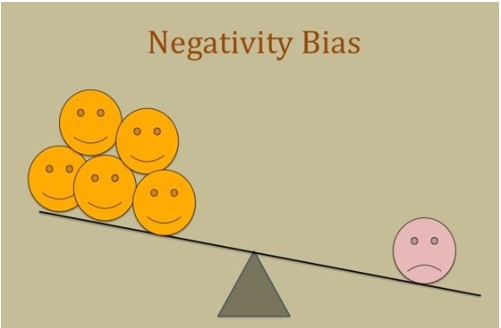Do you find yourself watching less and less mainstream media news in recent years. You might need to pause and think about this one before you answer. But if you are like more and more Americans, you are watching less mainstream media news today than you did a few years ago.
There are several reasons for this but chief among them is the fact that more Americans have come to distrust the media in recent years. It’s been no secret to those of us who follow such things that the mainstream media has long had a liberal bias.
Conservatives were generally content to tolerate this longstanding bias so long as the media presented the facts honestly – not withstanding their liberal bias. But polls have increasingly shown that more and more Americans do not trust the mainstream media in recent years. Why is that, you might ask. I’ll get back to that question below.
This troublesome trend was recently spelled out in research by the Reuters Institute for the Study of Journalism. For years, Reuters has been asking people around the world about their news-consumption habits. In its latest survey, 38% of US respondents said they sometimes or often “avoid news,” including 41% of women and 34% of men. This development is interesting.
At the same time, the proportion of people who are “extremely” or “very interested” in mainstream media news continued to sink. In the United States, this group was in the minority (49%) for the first time in the survey’s history, down from 67% in 2015. The institute’s data also suggest a sharper percentage-point drop abroad (including 27 points in the United Kingdom).
Researchers say “news avoidance” could be a response to an age of hyper-information, when updates from the outside world flow not just from every TV set and printing press but also out of our own pockets via smartphones. Digital media has made news ubiquitous and instantly available from thousands of sources representing every ideology, geography and language.
And much of it, people say, drives feelings of depression, anger, anxiety or helplessness. So, they are naturally watching less of it. This is troubling on several levels but among them is the fact that if more people are avoiding watching the news, they are less informed generally speaking.
And let us not fail to mention the millions of younger Americans who are getting their news from the Internet, including sources like Facebook, Twitter, YouTube, LinkedIn and the thousands of podcasts available 24/7. They’re certainly not watching the mainstream media.
Of course, it goes without saying that this trend is bad for the mainstream news media which is seeing declining viewership ratings.
News avoidance may be a factor in the ominous declines that are pummeling media organizations of all kinds. The major cable-news networks — Fox, MSNBC and CNN and others — saw a combined viewership drop of 8.4% in June of this year compared with the same month a year earlier. And although ratings typically rise as the presidential election cycle picks up, they instead dropped 7% from the first quarter of this year to the second.
Web traffic to a variety of news websites has been trending down since peaking around the 2020 election and the Capitol insurrection in January 2021. The New York Times was down 20% last month compared with a year earlier, while The Washington Post and the Wall Street Journal saw drops of 15% and 14%, respectively, according to the digital tracking firm ComScore.
So, which subjects are US news consumers most eager to tune out? Reuters’ research found that 43% of news avoiders don’t watch stories about national politics anymore. At the same time, 41% now pass up stories on social justice, and 40% ignore celebrity or entertainment news, while 32% of US news avoiders steer clear of stories about the war in Ukraine.
This is a big change.
Meanwhile, Americans who self-identify as conservative are five times more likely to avoid news about climate change than self-identified liberals, and three times more likely to avoid stories about gender and race, according to the Reuters study. Liberals are more likely than conservatives to avoid news about crime and business.
To be sure, it’s hard on some days to find much news that can be described as “positive” or “uplifting” and more and more of it falls into the category of “toxic.” By definition, “news” tends to be dramatic, unusual and rife with conflict. Consider the old journalism cliché: News is the plane that didn’t land, not the many that did.
In part, this reflects the realities of a world filled with violence, disease, human-made atrocities and a lack of certain necessities. But there are deeper evolutionary reasons for why people give priority to negative news, according to a 2019 study of “negativity bias.” The preference for it serves as a kind of survival strategy, a warning system about imminent threats.
There are other reasons why Americans are watching less and less mainstream news, but I think you get the picture. It will be interesting to see how the media reacts and where this trend goes in the future. I will keep writing about it from time to time.



Sorry, comments are closed for this post.